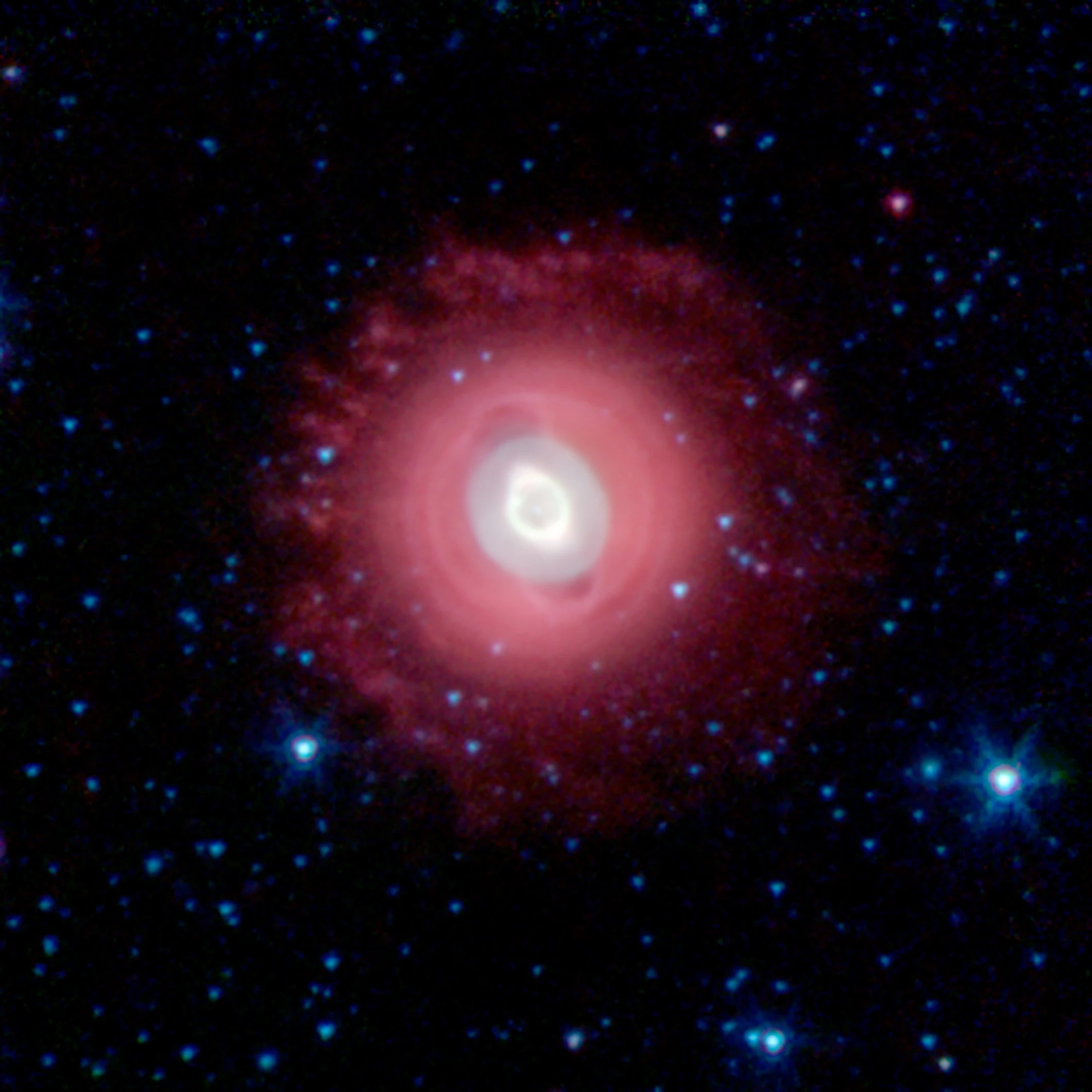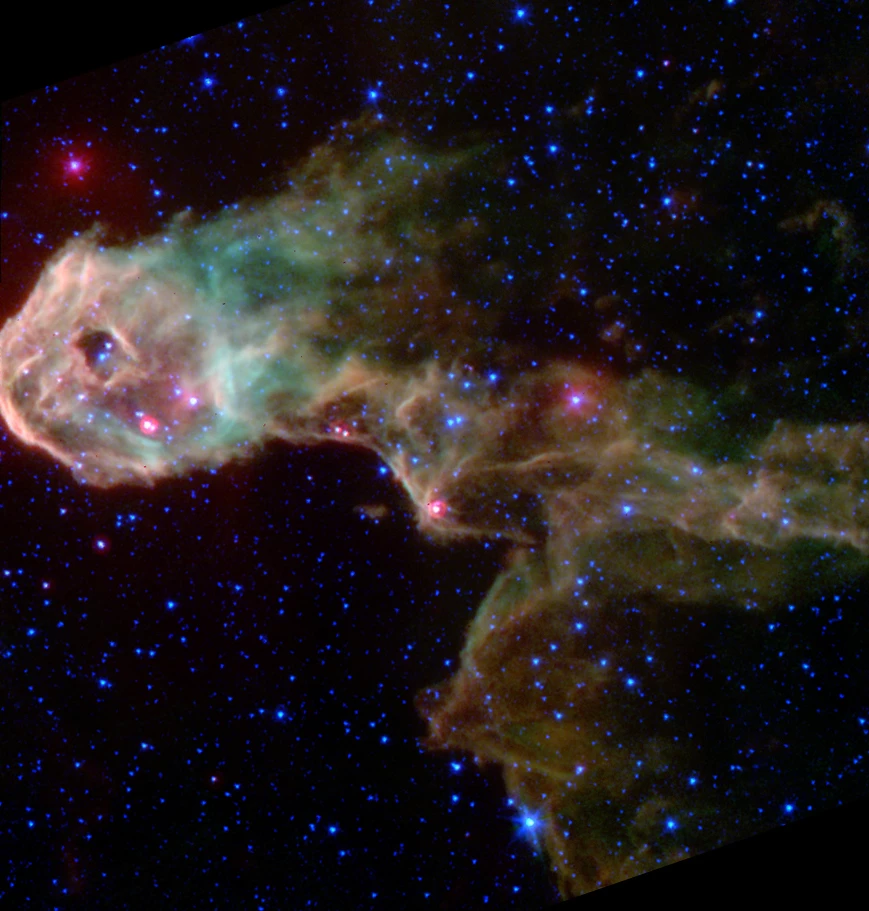NASA finally retired the Spitzer Space Telescope on January 30 this year, after 16 years of scanning the skies in infrared. In that time the observatory has been responsible for some of the most stunning space photos ever taken, so to celebrate its life and achievements New Atlas is rounding up some of the absolute best infrared images snapped by Spitzer.
The part of the spectrum that the human eye can see is what we call “visible light,” and observatories like Hubble specialize in this area. But that’s far from the whole story – there’s an entire universe hiding in invisible light, such as infrared, and telescopes like Spitzer are designed to lift that veil.
Spitzer captures the cosmos in three different wavelengths of infrared light, with each one rendered in a different color. Blue areas represent wavelengths of 3.6 microns, green is 4.5 microns, and 8 microns is red. Together, that gives Spitzer’s images a striking cyan-and-magenta wash, which reveal celestial shapes and structures that we don’t normally get to see.

And the results are frequently breathtaking. One of the first targets was the Tarantula Nebula, and when the images were released in early 2004 they demonstrated just what Spitzer was capable of. The bright spot just left of center is the heart of a star-forming region, lit with the light of countless young stars. Just below that is a huge hole blasted in the gas by the intense radiation.

In visible light the Serpens Cloud Core is a swirling mess of gas and dust, but in this infrared image the clouds have parted, revealing a mesmerizing starscape. The bright smudge in the center is the nebula itself, while most of the smaller dots are located in the background. There’s a particularly dark streak just to the left that’s too thick for even infrared to get through.
Check out the rest of Spitzer’s greatest hits in our gallery.



























